Beyond Comfort: The Benefits of Sleeping with the Right Pillows
Do you have trouble sleeping? Perhaps you often wake up with a painful back or neck. While you may attribute these issues to things like your mattress, sleeping with pillows that don’t suit your sleep style could be the cause.
Choosing the right pillow goes beyond comfort. It’s as important as following a balanced diet or regular exercise. Disrupted sleep can negatively affect your health.
The correct pillow support for your head can improve your sleep quality. It cushions your neck and shoulders while keeping the rest of your body comfortable, too.
The best pillow should help you wake up rested, both physically and mentally. Before you go searching for the “perfect one,” consider the following important information.
Types of pillows
Finding the right head support isn’t difficult if you know what you need. Each type of pillow has its characteristics to consider. Its size, shape and material all play a huge role.
Pillow sizes and materials
You can find a variety of pillow sizes, each fitting your bed and your sleep style accordingly. Here are different ones you can choose from:
- Standard: A standard pillow is the traditional one that everyone usually chooses. It measures 20 x 26 inches.
- Super standard: A super standard pillow is slightly larger than standard. It measures approximately 20 x 28 inches.
- Queen: A queen pillow is larger, at 20 x 30 inches.
- King: A king pillow is the largest of bed pillows. It measures 20 x 36 inches.
- 3-in1: With an adjustable pillow, you have three sizes in one. With Sleepgram’s Adjustable Pillow Multipack, you can adjust the pillow to suit your needs.
Pillows are also available in different materials and fillings. The outer covering is available in the following fibers:
- Viscose: Made from raw material such as bamboo, viscose is a semi-synthetic fiber. It has a smooth and soft texture.
- Cotton: A durable and soft fabric that’s comfortable to the touch. It’s ideal for any season as it can stay warm during winter and cool in summer. It’s also easy to find.
- Polyester: Compared to cotton, polyester is wrinkle-resistant and lightweight. This synthetic fabric is also affordable.
Pillow fillers
The pillow’s filler is the most important characteristic. It’s the key feature when you’re considering comfort and support. Here are a few commonly used fillers:
- Memory foam: These pillows are durable and adapt to your head and neck, bringing relief when sleeping. The filling usually contains foam pieces, which move according to your position. This fabric is also hypoallergenic and suitable for those with allergies.
- Down: This filling is clusters of goose or duck down. They’re not feathers, as people may think. It’s fluffy and soft to lay your head on, but not very supportive.
- Feathers: Feathers are a less expensive option to down. While down is soft, feathers are more supportive. However, this material is not suitable for those who have allergies. They can attract allergens that cause itchiness and sneezing.
- Latex: A more durable material, latex is like memory foam. It can mold to the shape of your head and maintain it during the night. It’s also very bouncy compared to those that remain flat.
- Buckwheat: Not the quietest of fillers, but one that’s breathable. Sleeping with pillows filled with buckwheat makes a noise as you move around. It adapts to your head’s form. This support ensures you can maintain the same posture while sleeping.
Orthopedic pillows
Physicians often recommended orthopedic pillows to patients who need relief from neck pain. They’re either filled with memory foam or firm latex. They can correct your body’s positioning and ensure it gets the right support.
- Design and Purpose: An orthopedic pillow provides comfort and improved sleep. They’re available in various shapes and sizes and firmer than regular pillows. Similarly, each pillow provides support where your body needs it.
- Benefits for Spinal Alignment: Orthopedic pillows can ease neck pain and headaches. Their support can also improve your spinal alignment. Using knee pillows for back pain can reduce the pressure on your back, hips, and knees.
How pillows affect your sleep health
You may have heard of people who take their pillows with them when they go on holiday. This action highlights that sleeping with pillows that bring comfort is important.
When your head and neck aren’t well supported, it brings discomfort and a restless sleep. It can also lead to health issues. Disrupted rest on a continued basis can cause moodiness. It also affects your concentration and appetite.
These symptoms can result in hypertension, heart disease, and other issues. What about your bones and muscles? Let’s take a closer look at how your pillow can affect them.
Neck and shoulder support
Protecting your spine is crucial, especially if you have an existing spinal condition. Taking care of this part of your body ensures its functioning. The same applies to your neck.
Your neck gently curves to the front. When sleeping, it’s vital to keep this form and avoid any muscle strains.
Sleeping with pillows that are too high or too low can create tension in the neck muscles. This discomfort can spread into the shoulders as well. The elevated position can affect your breathing and result in snoring.
When your neck is in the correct position and supported, it can ease pain. The right pillow can also relieve pressure buildup.
When choosing a pillow, you need to consider which position you prefer to sleep in. Sleeping on your back, side, or tummy determines which pillow you need.
Spinal alignment
It may be hard to believe that a pillow can affect your spinal alignment. Perhaps you only consider the comfort of your head and neck when buying one. Yet, how you position your head affects your spine. Keeping your ears, shoulders, and hips aligned is important.
Encouraging spinal alignment while sleeping can prevent pain. It also aids peaceful sleep. Avoid twisting in your sleep. Distribute your weight evenly by not raising one leg higher than the other.
A lack of sleep has its own side effects, such as moodiness and a lack of concentration.
Not maintaining spinal alignment when sleeping, sitting, or standing can create back pain. Sleeping on your back eases this feeling and allows your spine to rest in a neutral position.
The right pillow supports your head and neck, which helps with spinal alignment. Placing knee pillows for back pain under your legs can also ease any aches. It supports the curve in your lower back, relieving unnecessary pressure.

The right pillow for different sleep styles
Can you use the same pillow for every position you sleep? You could, but having a pillow that suits your sleeping style will provide optimal support and comfort.
Side sleepers
Side sleeping is perhaps the most popular style. Even lying in the fetal position appears to be more comforting. These sleepers require more support from their pillows.
The thickness and firmness of a pillow is vital for side sleepers. The height should be between 4–6 inches to help with proper alignment. Its density is a combination of various inner fibers.
The filling can include memory foam or latex. Both materials are hypoallergenic and safe for people living with allergies.
Side sleepers require cushioning in the space between their ear and shoulder. It provides support and prevents strain on the neck. The firmness also encourages good posture. For additional spinal support, you could add a knee pillow.
Back sleepers
Back sleepers are almost as popular as side ones. This supine position can benefit those with lumbar spinal pain. It may not help those with heartburn or women who are pregnant.
You need a pillow to cushion your neck when lying on your back. The shape is equally important. Consider one that’s higher towards the bottom and drops in the center where your head lays.
With the right support, laying on your back can help keep your spine in the correct position. While the pillow needs to be firm, it should be lower than the ones side sleepers use. It will maintain a neutral position that assists with your posture.
Stomach sleepers
Sleeping on your stomach isn’t the most comfortable position. It’s known as the “prone” position and can put pressure on your back and neck.
Circumstances may require you to sleep this way. It may help someone who’s recovering from a spinal surgery, and it can also reduce snoring.
Tummy sleepers can benefit from a flatter pillow. A softer, thinner support keeps your spine neutral. It avoids your head from arching back and straining your neck. You should exercise caution when sleeping this way, as it can put some stress on your lower back.
Sleeping with pillows when on your stomach isn’t always necessary. You can rest your head directly on the mattress. It’s not ideal but can minimize neck and head strain. The right one keeps your spine neutral.
Specialized pillows for specific conditions
Besides providing support, there are other reasons you may need a specific pillow. Let’s look at them below.
Allergen-resistant pillows
Some allergens, like dust mites and bacteria, often get trapped inside pillows. Luckily, there are allergen-resistant pillows that can prevent or eliminate these irritants.
You may experience an allergic reaction to certain materials or fillings. Avoid feather and bamboo pillows if this is something that triggers your allergies.
Sleeping with pillows filled with these fibers can cause a reaction. The best option is to invest in hypoallergenic materials. These textiles are resistant to dust mites and mildew.
Hypoallergenic pillows enable you to have a better night’s rest. No more coughing and sneezing while you toss and turn all night. You’ll wake up feeling rested with no reactions. These pillows don’t trap any nasty odors, either.

Snoring and sleep apnea pillows
Sleep apnea is a condition that causes individuals to have a stop-start sleeping routine. It occurs when the brain doesn’t transmit the correct message to the breathing muscles.
Another form of this condition is when the tongue, or tissues in the throat, obstruct the throat. It can also be a combination of both. Sleep apnea can cause you to snore as well.
A contour pillow can help facilitate breathing. It’s usually made from memory foam and has a raised center that adjusts to the form of your head, keeping it in a neutral position.
Side sleepers need a higher pillow compared to back or tummy sleepers. This size caters for support in the space between the ear and shoulders. Those sleeping on their stomachs should choose a much lower pillow. Back sleepers need a pillow that’s mid height.
Having your head in a neutral position allows you to breathe easier. The shape of a contour pillow allows for unobstructed airflow.
You may also find pillows that accommodate a CPAP mask. They have cut outs or curves that allow you to use a mask comfortably while sleeping.
Pillows and temperature regulation
Have you ever felt hot during the night and searched for a cold spot on your pillow? And then once you find it, it doesn’t remain cool for long, and you’re back to looking for another cool side.
What if you had a pillow that remained cool at all times? It’s possible to get a good night’s rest, even when you’re feeling hot.
Breathable pillow materials
Whether you’re plagued by hot flashes or living in a city with extreme heat, you may need a pillow that can keep you cool. Sleeping with pillows that have breathable materials is the answer.
These fibers keep your pillow cool. The filling has cooling gel in it, preventing you from overheating. The lower temperature allows you to have a better night’s sleep. No more hassles with irritability and tiredness associated with disrupted sleep.
A breathable pillow doesn’t prevent the hot flashes or the heat of the season you’re in. It provides comfort while reducing the sweaty feeling that comes from feeling hot. No matter which side of the pillow you lie on; it remains cool.
Pillow covers and cooling technologies
Another option is a pillow cover with cooling technologies, like a silk pillowcase. This innovation stores heat and then releases it as needed, regulating the temperature.
The cooling technology of pillow covers appears cooler than that of cooling pillows. The covers have infused automation that ensures you have the perfect temperature.
There’s no need to worry if you’re plagued by heat during the night. These pillow covers ensure your sleep is much cooler. The pillow itself still provides the comfort you need.
Pillow maintenance and longevity
To get a good lifespan from your pillow, you need to take good care of it. After some time, your pillow can accumulate bacteria from sweat and drool.
Dust mites, dirt, and hair can also get trapped. Cleaning your pillows regularly ensures they don’t trigger allergies.
Cleaning and care tips
Knowing how to wash and care for your bedding is necessary. One of the first things you need to do is check the label on the seam. Determine whether you can machine wash it or if it needs to be dry cleaned.
Your pillows require regular cleaning. Wash them at least every two weeks. By lining the inside of your pillowcase, you can extend this period.
Down and fiber filled pillows are usually machine washable. Wash two at a time to balance your load. Warm water is a good option with a small amount of detergent. Cold water is better for rinsing. When tumble drying, use low heat and regularly fluff them to avoid lumps from forming.
Regular cleaning helps prolong the lifespan of your pillows. For unexpected stains, try spot cleaning it immediately.
Another tip is to air them between washes and expose them to the sun. Sunlight can help eliminate odors and kill some germs. Change the coverings regularly or use a pillow protector to extend their lifespan.
When to replace pillows
Even with your favorite pillows, there comes a time when you need to replace them. There are ways to determine when it’s time to buy a new one. The lifespan of a pillow varies depending on the filling and the type of material.
The average lifespan is approximately two years. Once your pillow has lost its fluff, it may be a good time to replace it. To test this, try folding your pillow in half. If it doesn’t bounce back, then it’s reached the end.
Another indication is a consistent odor, even after you’ve washed it. It may be impossible to get rid of all unwanted particles and odors trapped inside the pillow.
Some of your sweat, dead skin cells, and facial hair can eventually be hard to get rid of. It’s vital to replace it to safeguard your hygiene.
No more pillow fights
Sleeping with pillows that give you more than just comfort is important. It’s not just about walking into a store and selecting the softest or firmest one. You need to consider a few things before making that final decision.
Sleepgram’s 3-in-1 adjustable pillow provides comfort and sees to your overall well-being, too.
Our pillow has all you need in one casing. It keeps your neck and spine aligned. You can adjust the size and height to one that best suits you and puts you in the perfect sleep position. The fibers ensure you remain cool and allergy-free throughout the night.
Are you ready to say goodbye to pillow fights? Enjoy a peaceful sleep every night with the 3-in-1 Adjustable Pillow Multipack from Sleepgram.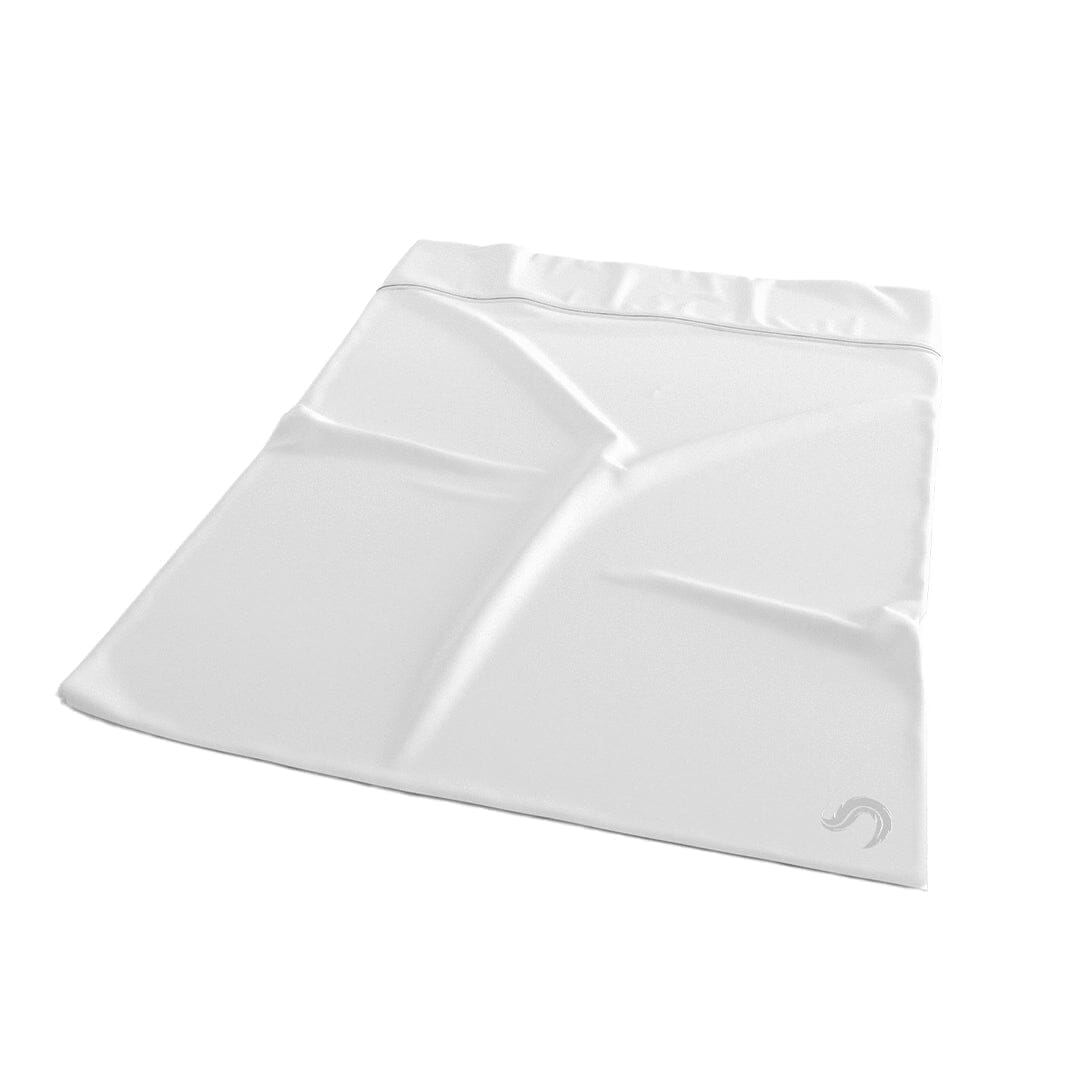
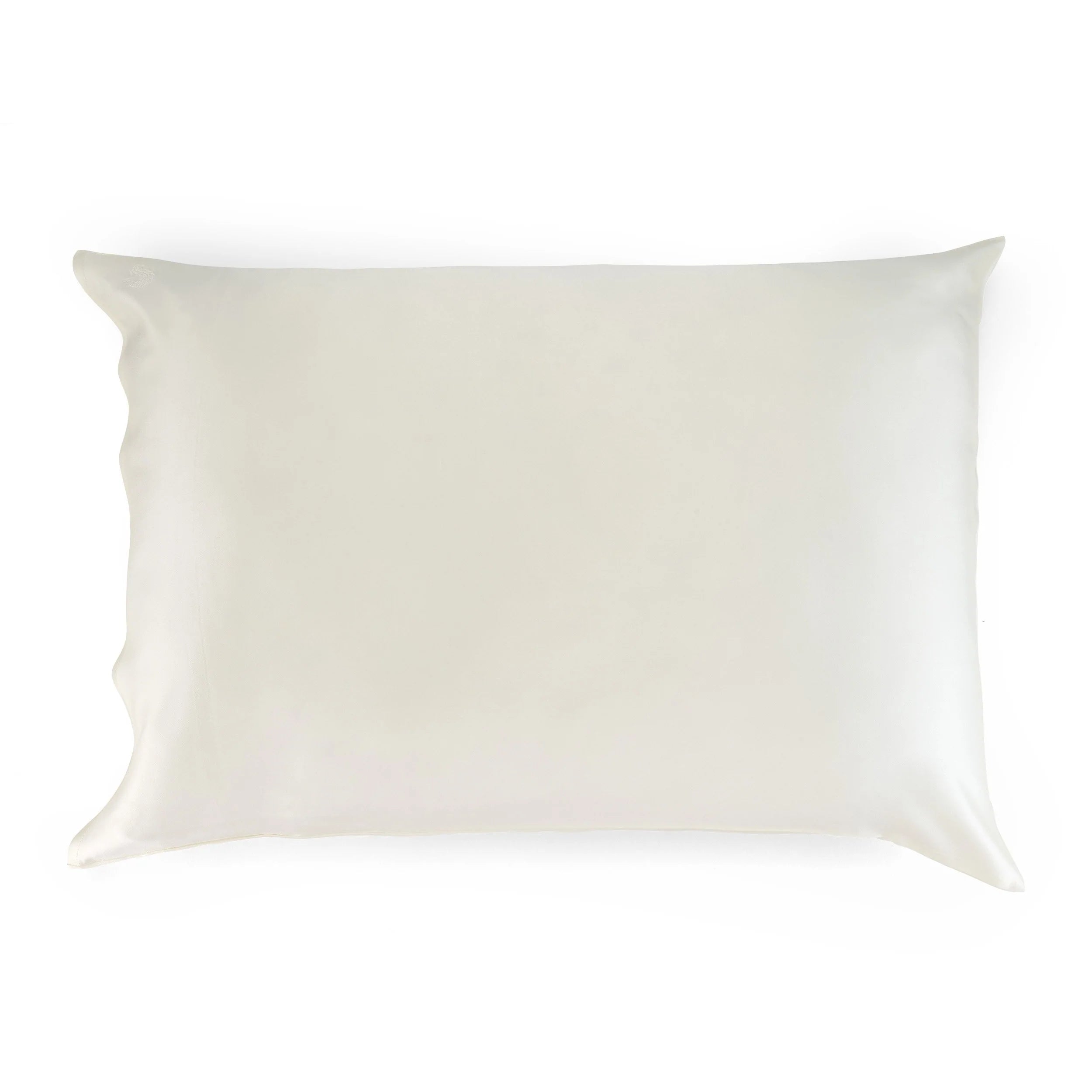
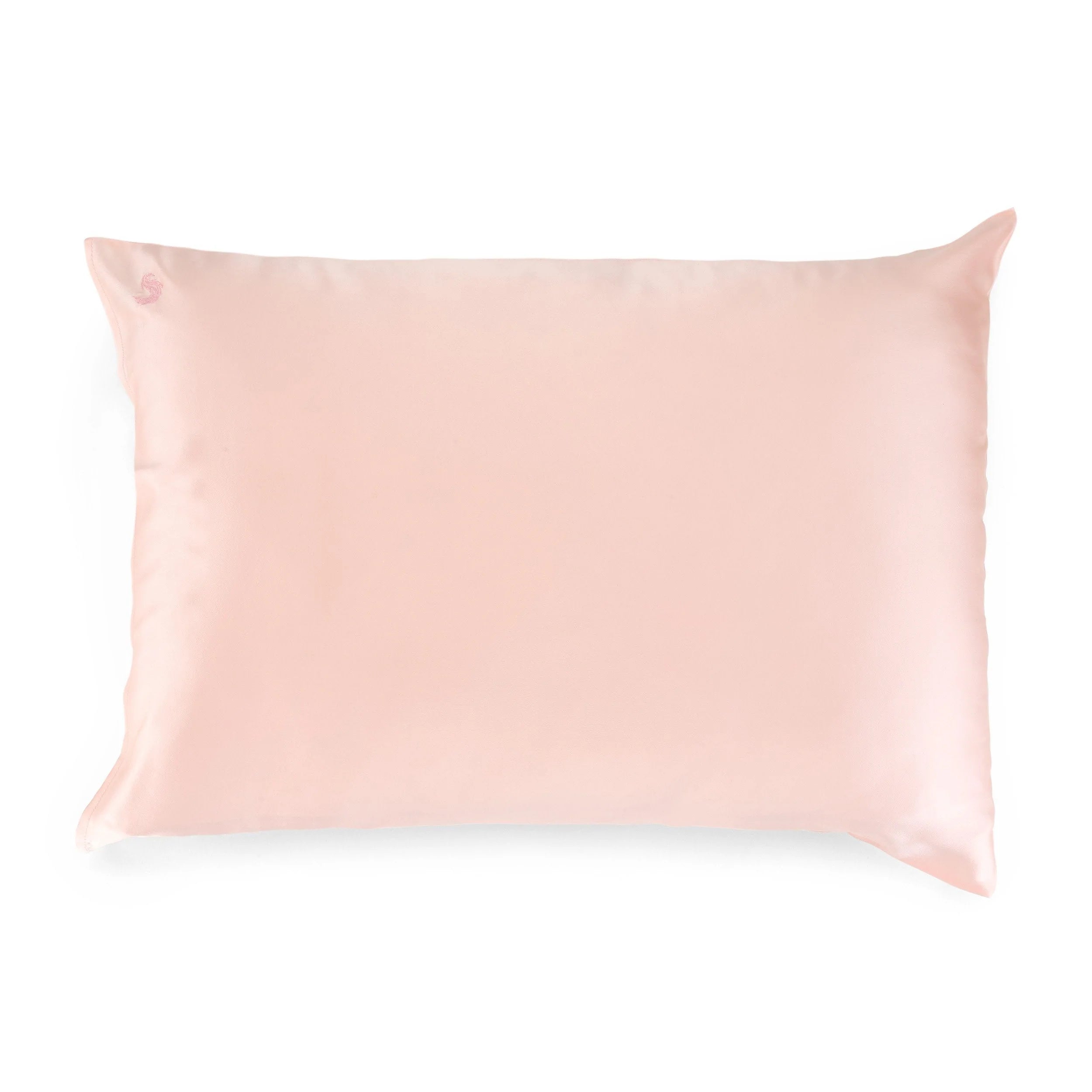
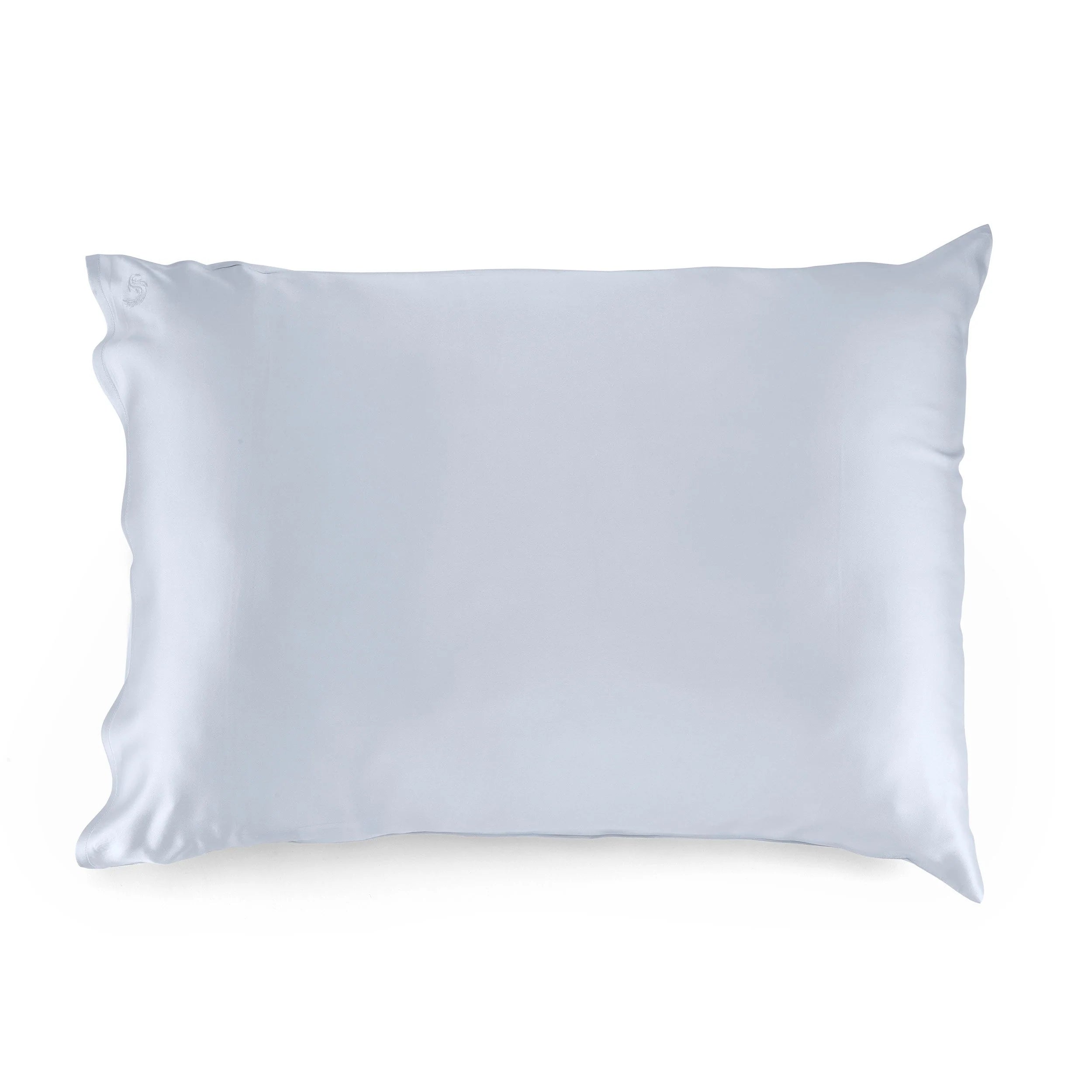
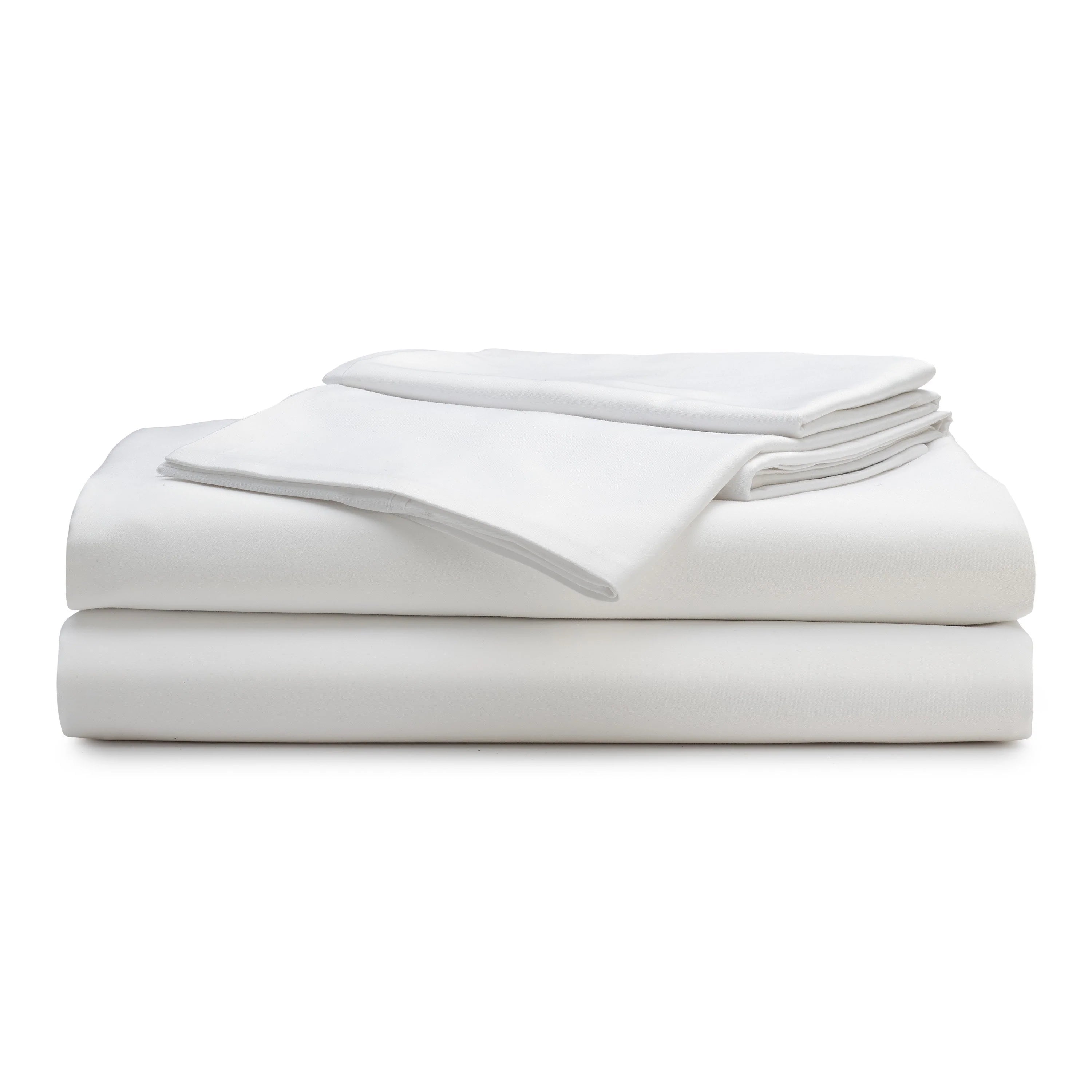
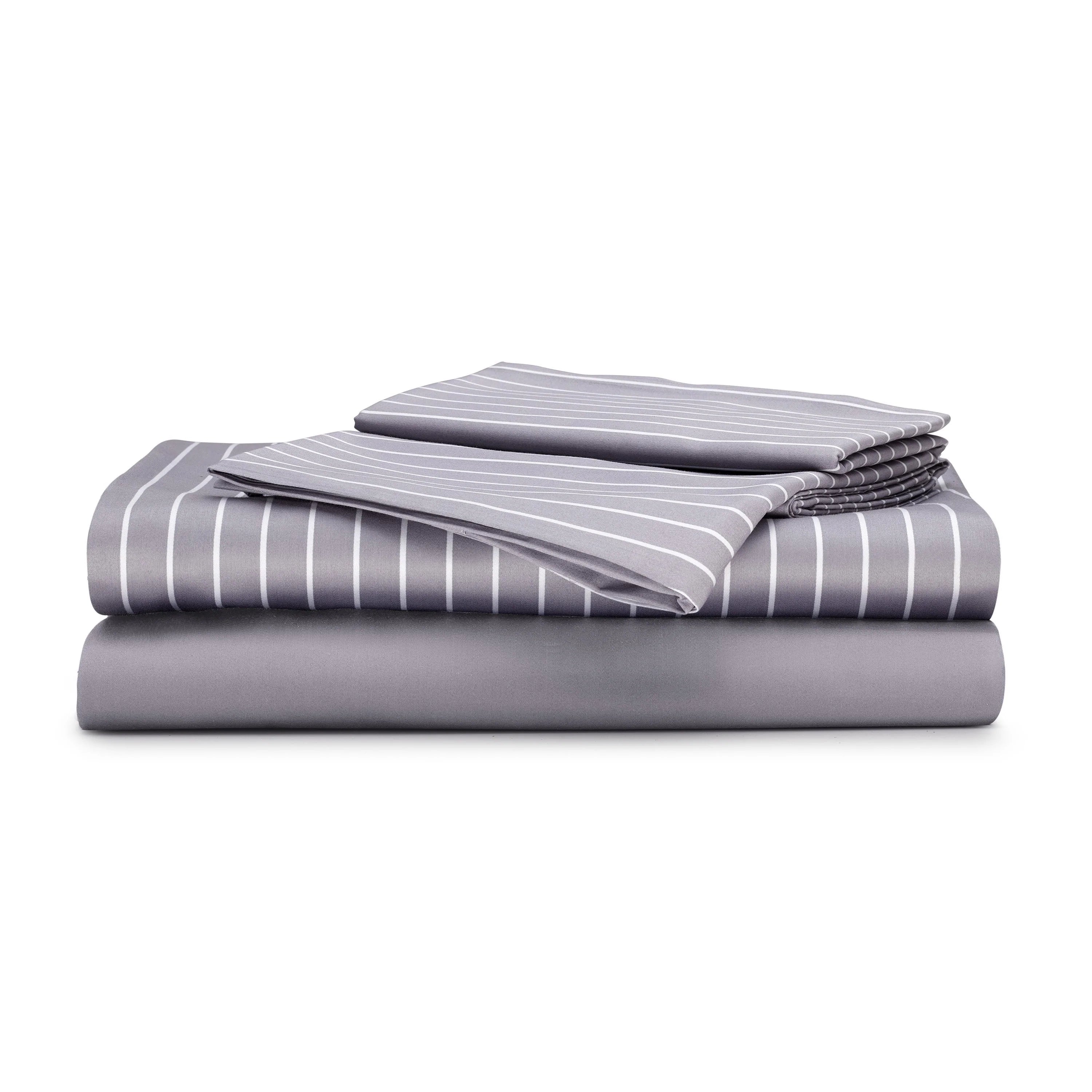
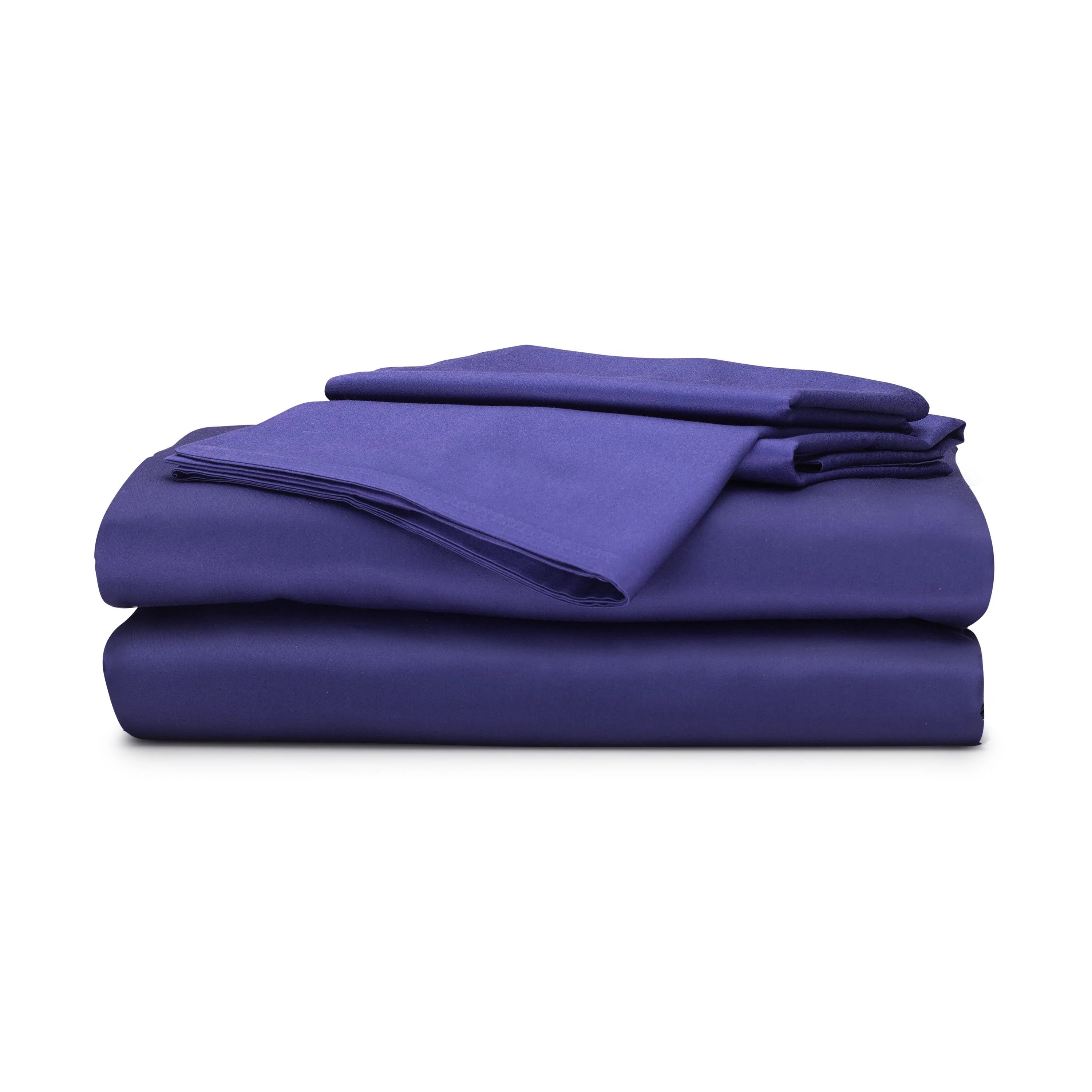
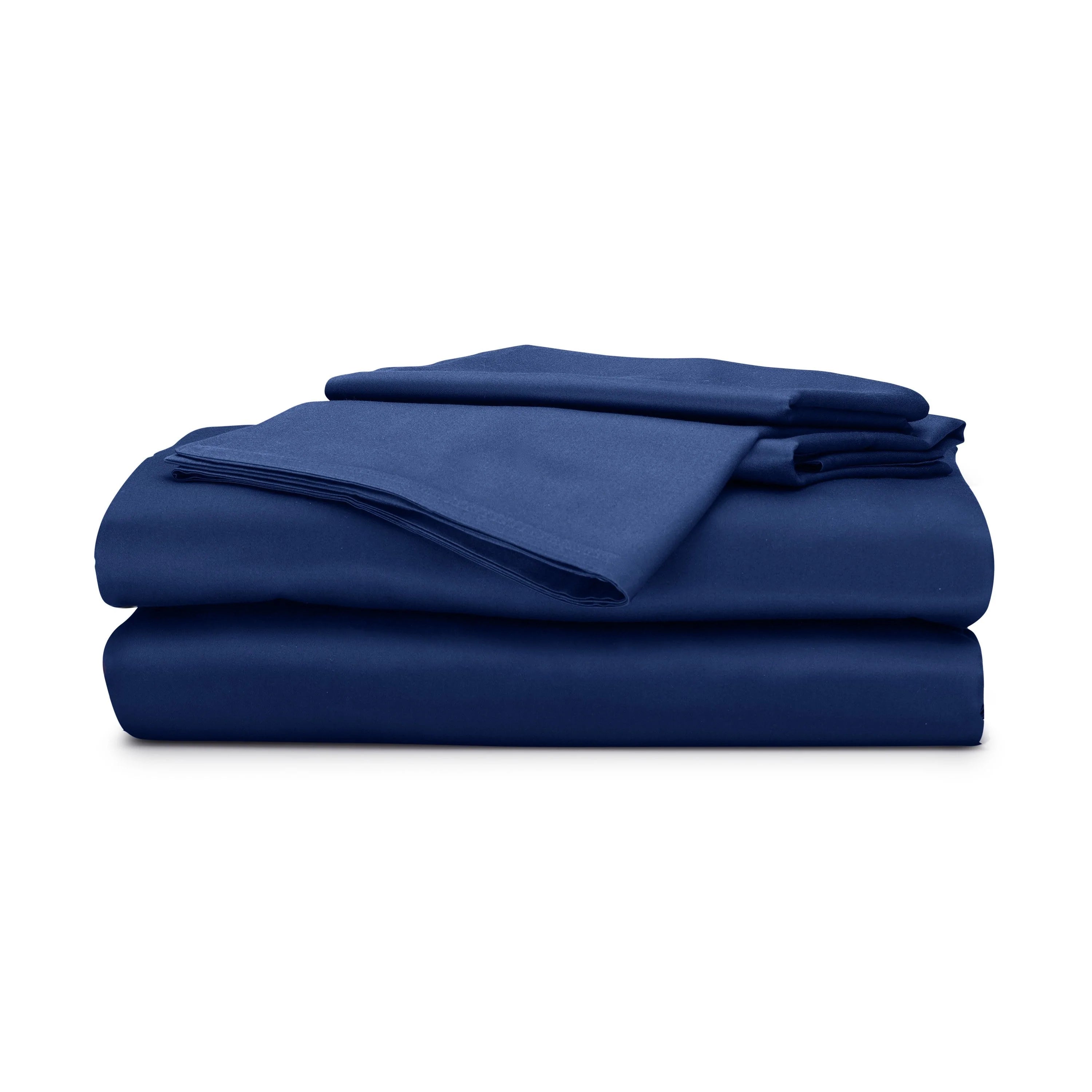
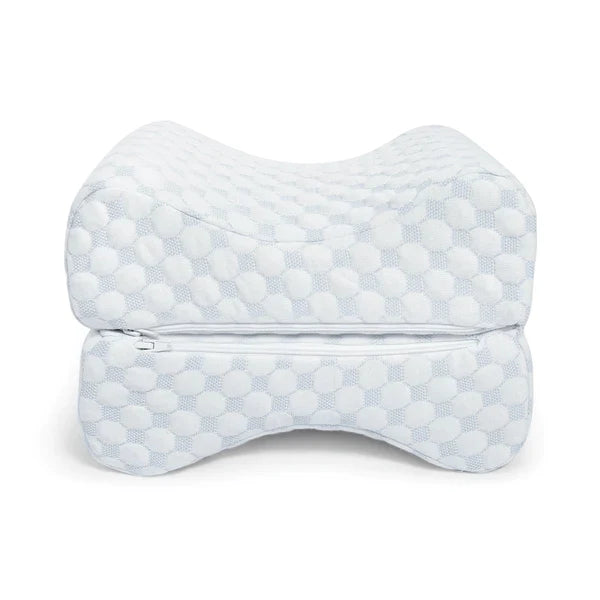
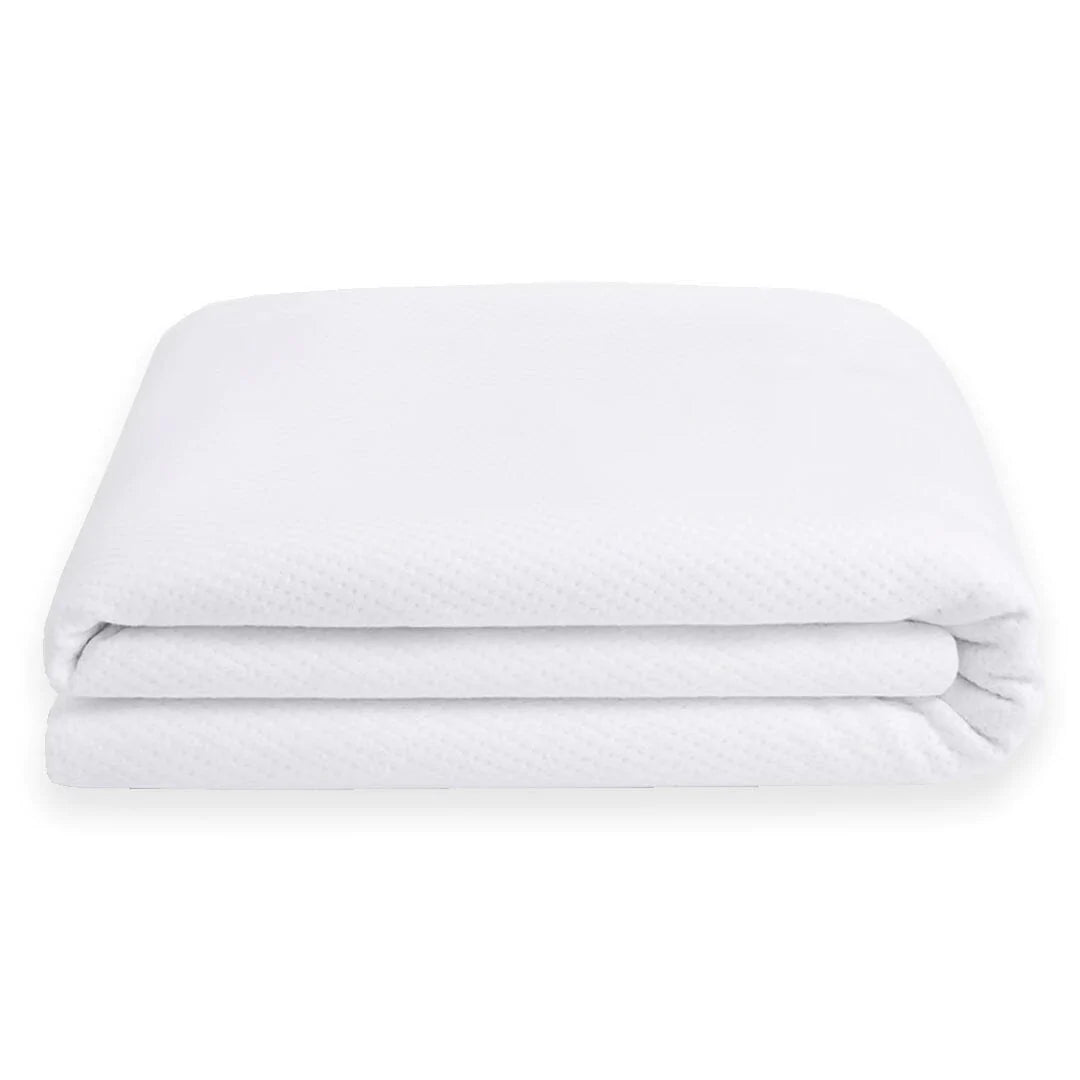
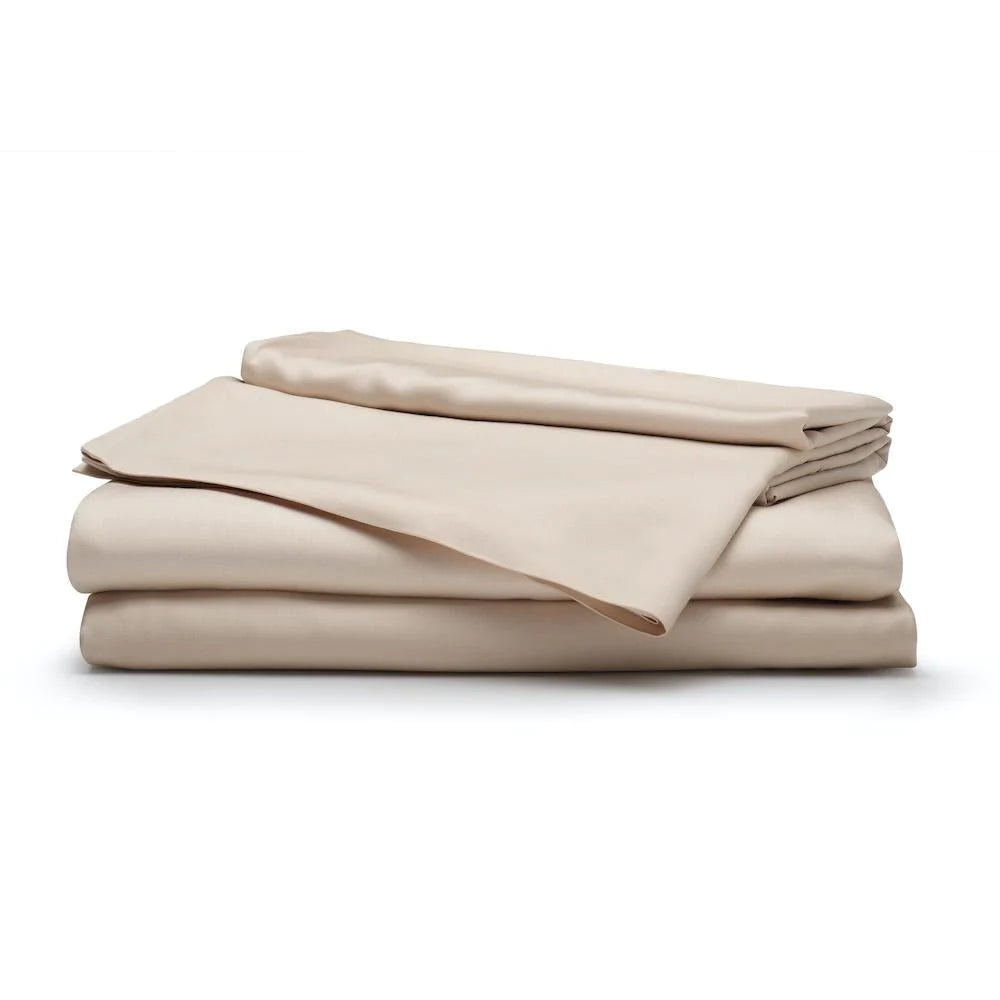
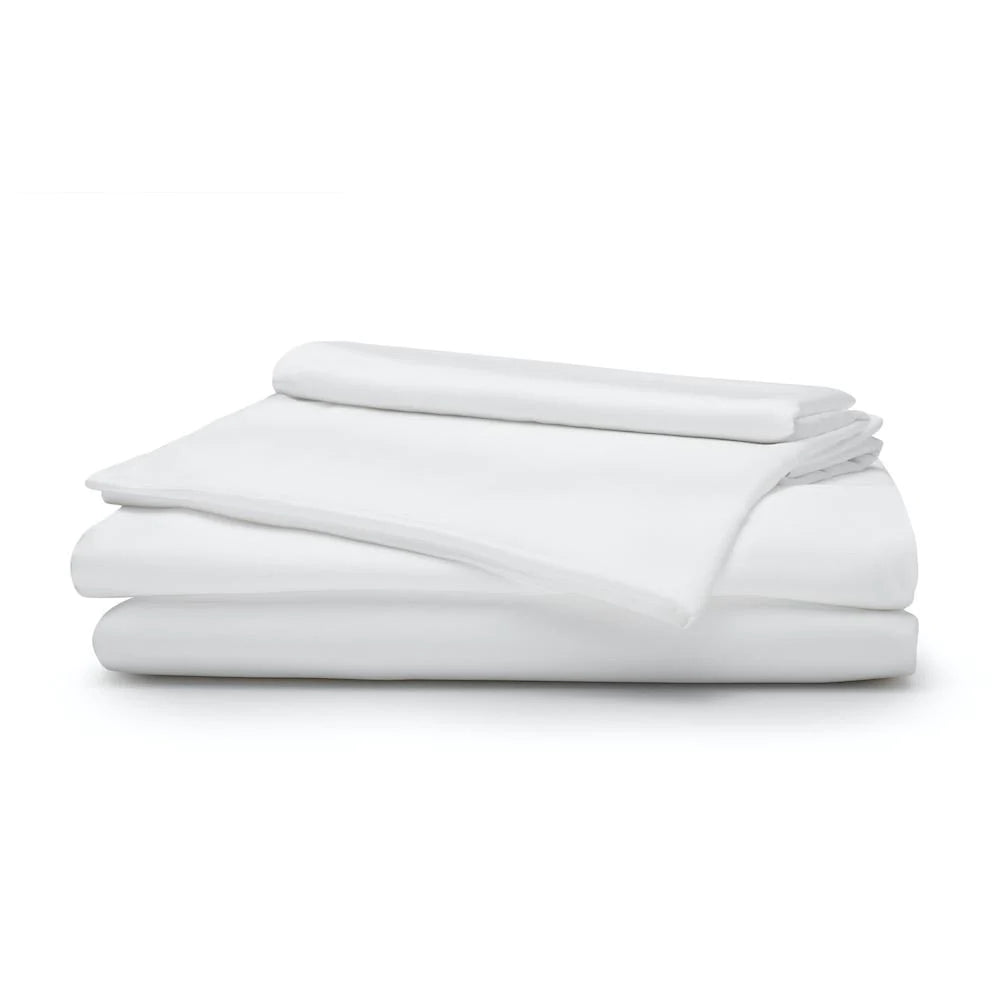
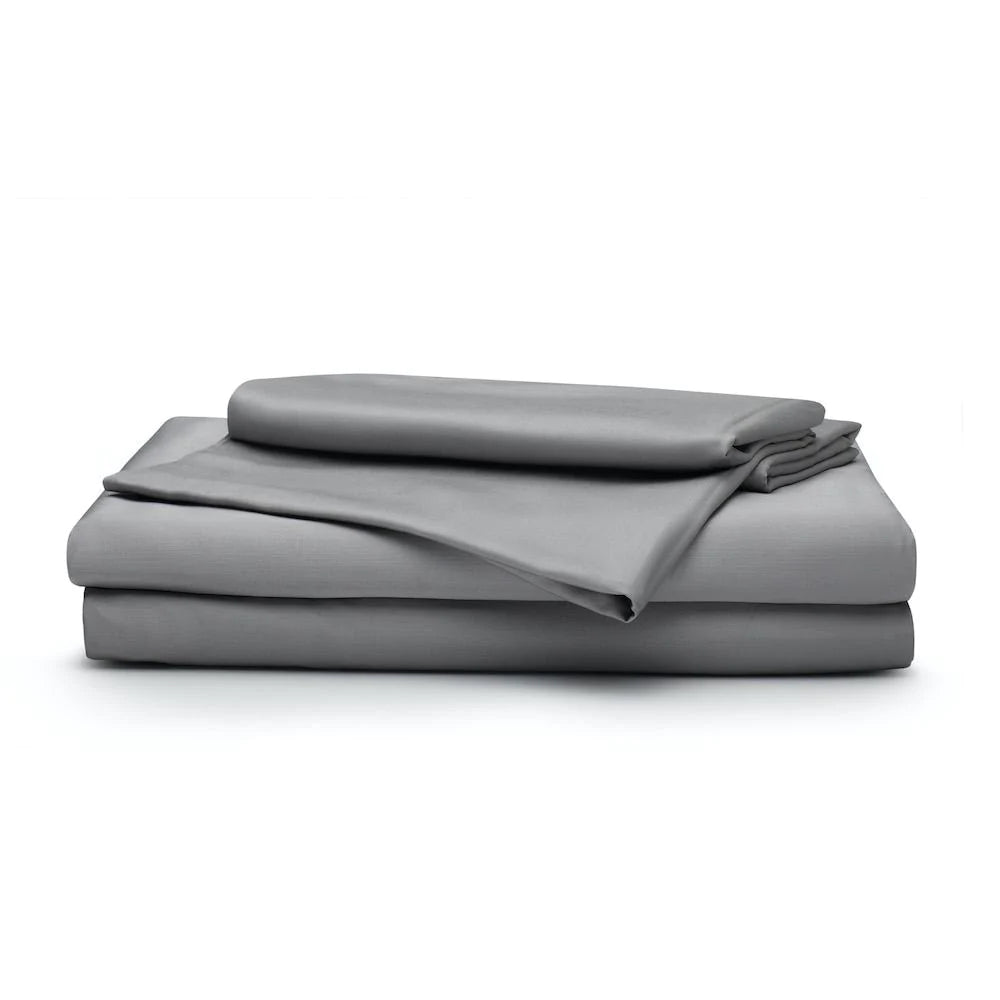

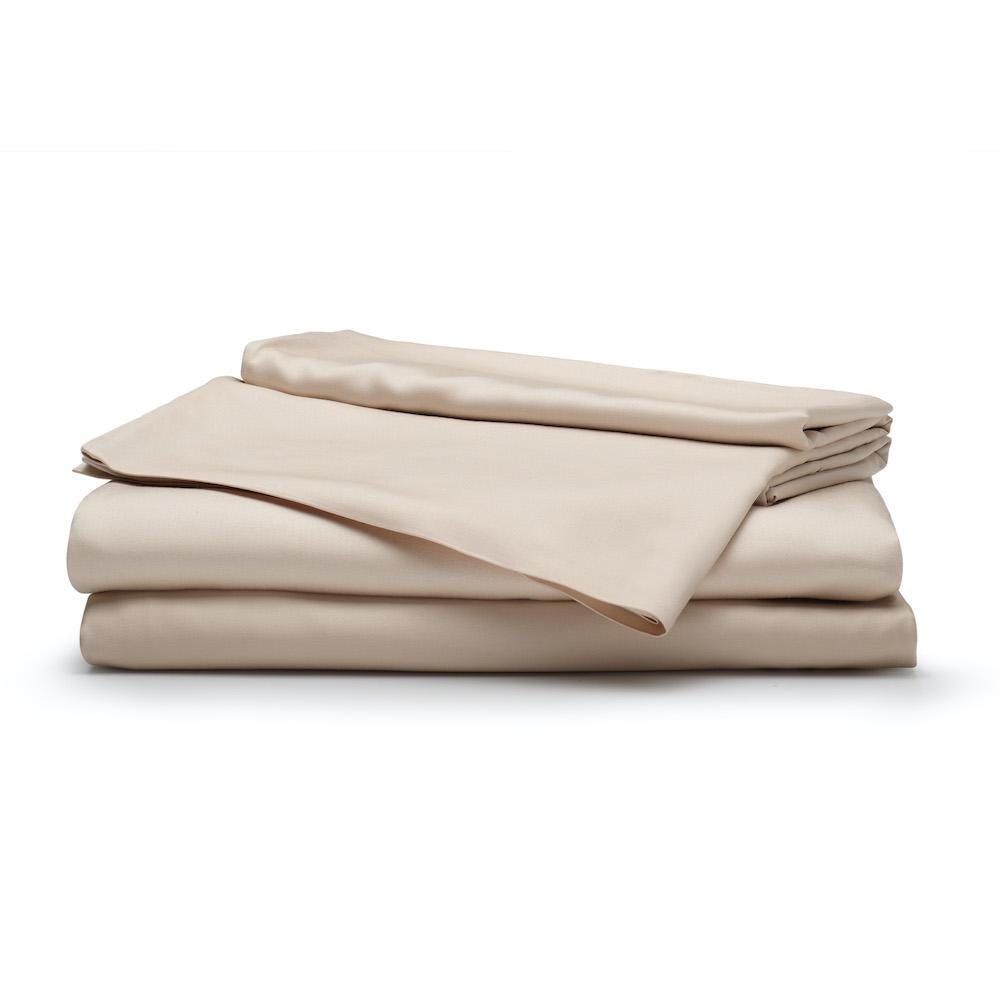
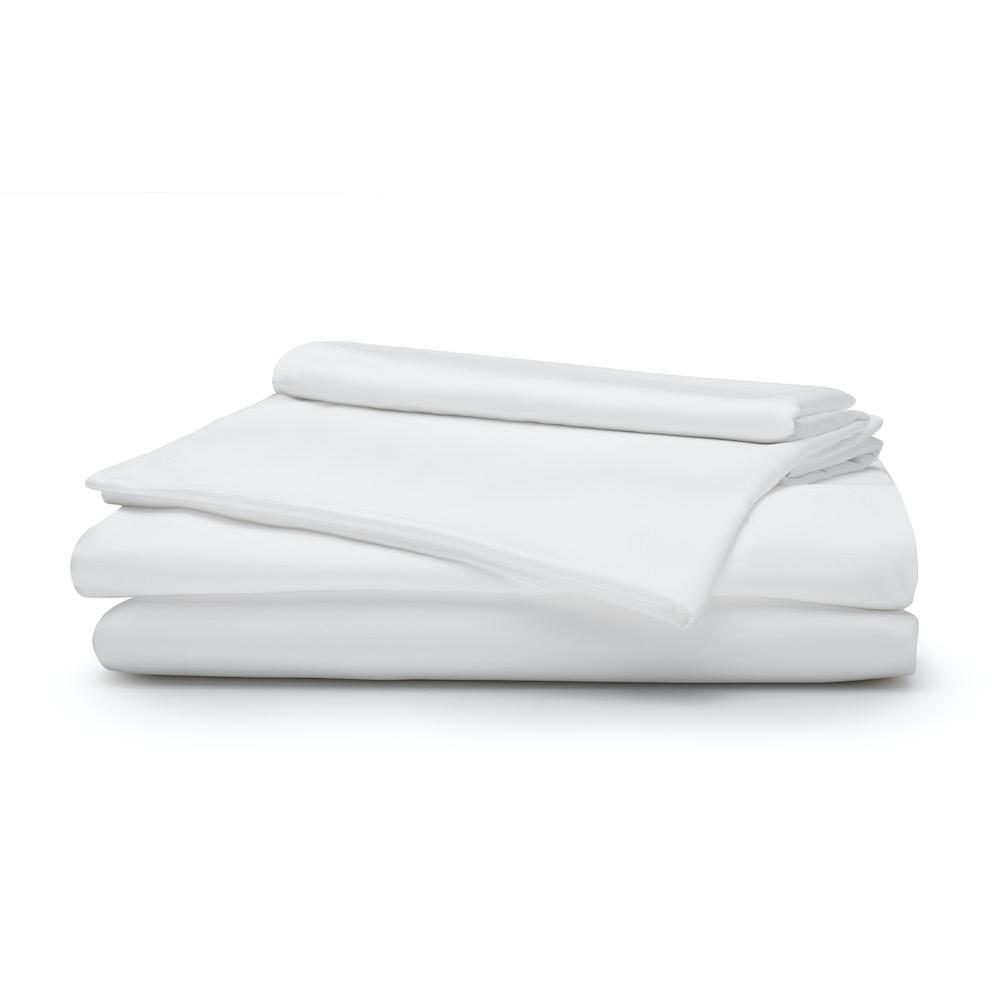
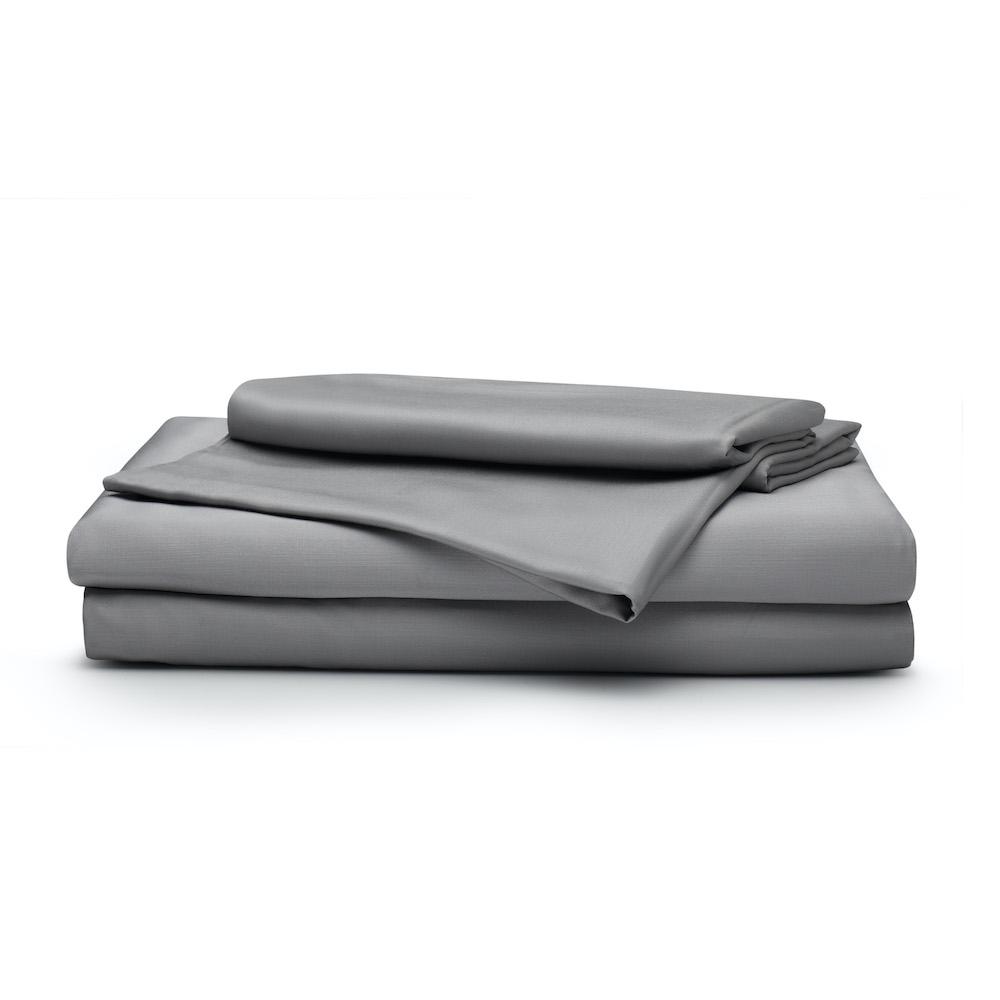
 9 reviews
9 reviews
